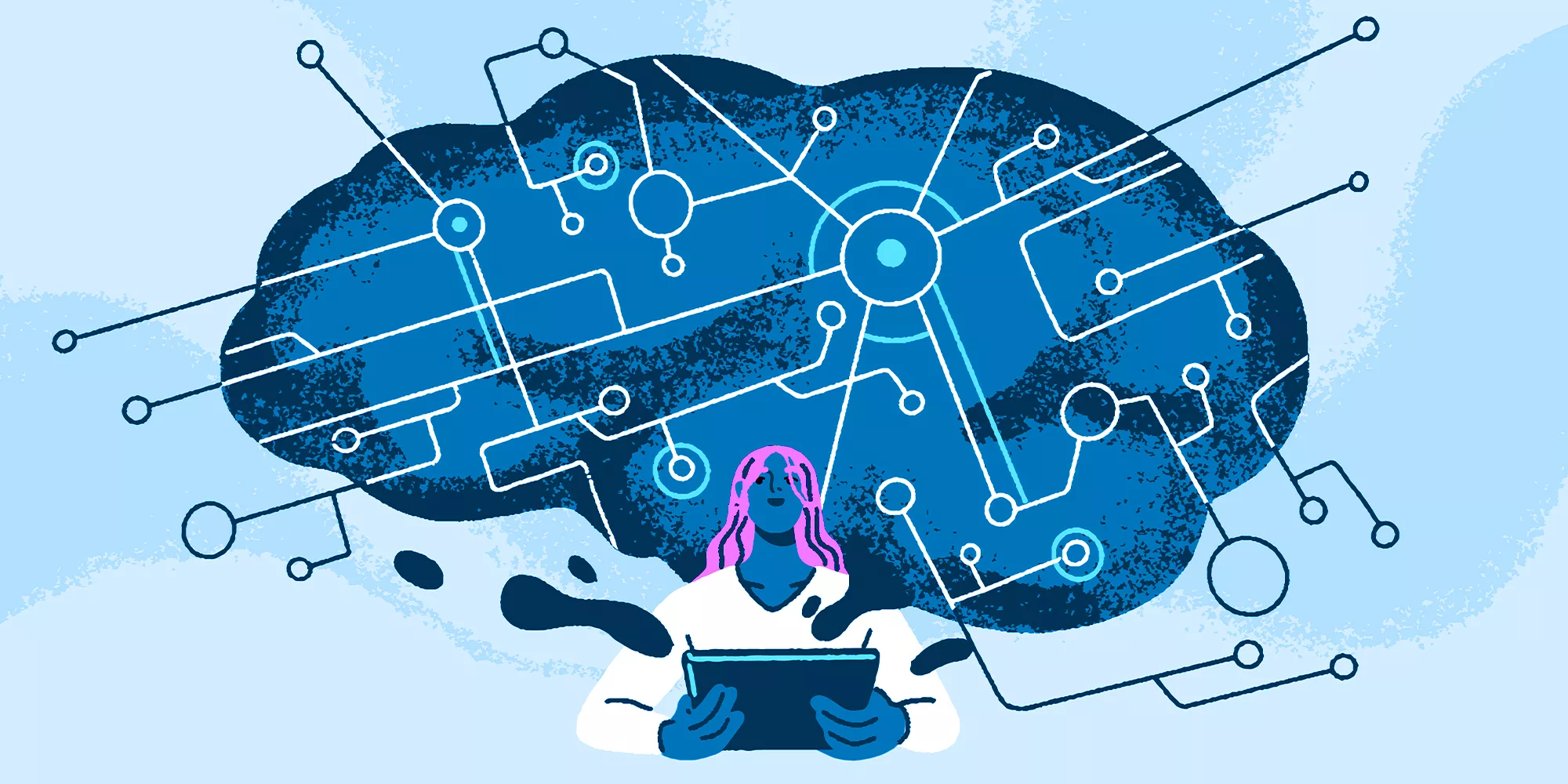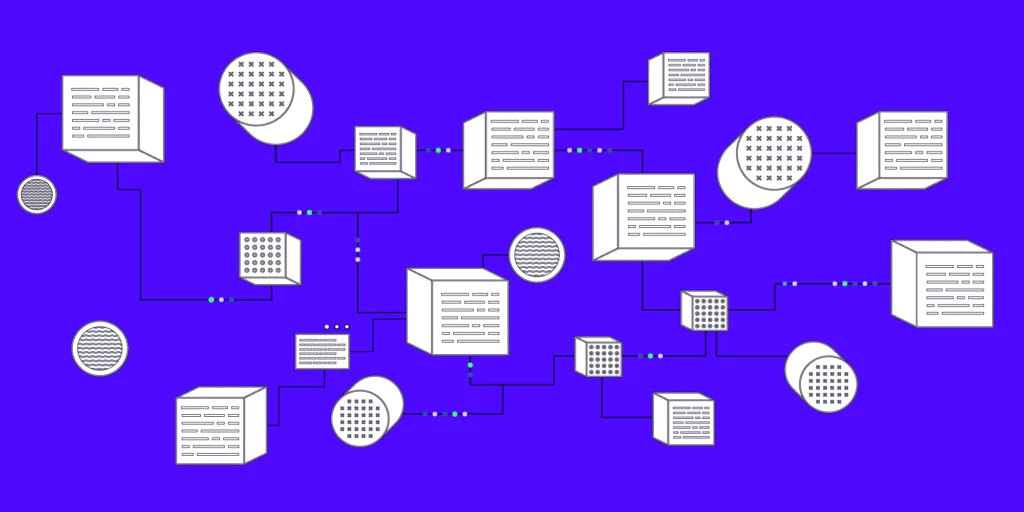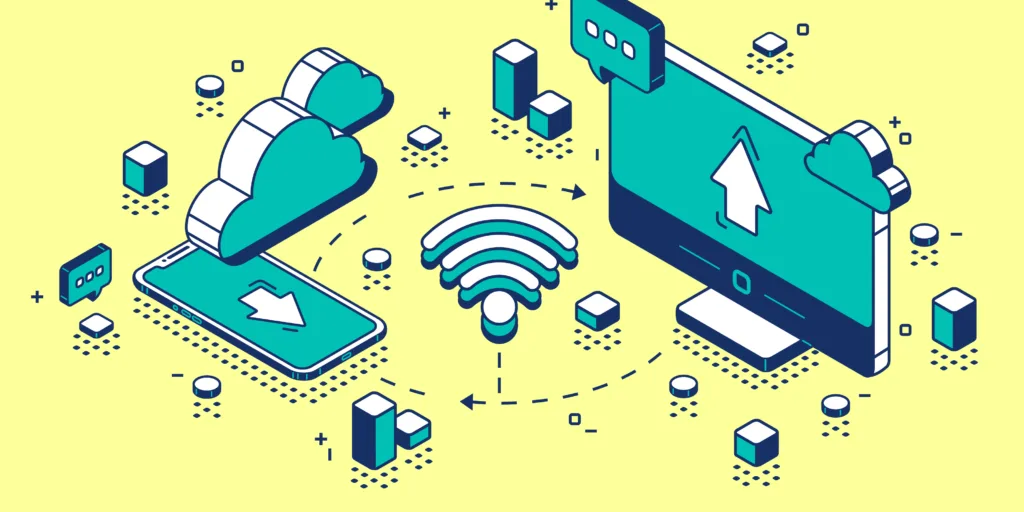We are living in the age of systems, where the complexity of these systems is constantly increasing, and problems are becoming more holistic, impacting entire structures rather than isolated parts. Solving complex issues requires more than just straightforward, linear thinking. We need the ability to think broadly, to understand relationships between elements, and see that often-referenced “bigger picture.” While linear thinking is a useful starting point, it often isn’t enough. Systems thinking introduces a new perspective for examining problems and finding solutions.
Systems thinking is not just a skill to be learned—it is a set of practices and perspectives. In fact, it could even be considered a way of life. It cannot be fully grasped by reading alone, much like you can’t learn to play golf simply by reading about it. It must be experienced and practiced. Systems thinking demands that we truly seek to understand.
Linear thinking
Many of us think linearly without even realizing it. This approach is so deeply ingrained that we don’t recognize it as just one of many possible ways of thinking. Linear thinking is predictable and based on specific, often learned, procedures. It sounds appealing—especially in a field like software development, where the goal is often to construct modular and highly efficient components that fit neatly into a larger system.
Linear thinking is indeed a useful and efficient approach in many situations. It provides clarity and control, which are especially valuable for software designers in their work. However, when we begin to consider more complex systems and the relationships between their parts, it becomes essential to broaden our approach to thinking.
The shift towards systems thinking
Designing complex systems is challenging, and the problems that arise increasingly affect the entire system and become more multifaceted, making linear thinking insufficient to achieve the best possible outcome. Solving system-level issues requires new perspectives and tools.
Let’s consider a simplified example. If we plant seven seeds, we expect to harvest seven fully grown plants after x days. If a deer eats one of the plants, we build a fence to prevent further damage and proceed to harvest the remaining crop. This is how we often approach software project planning as well.
In reality, things are not this simple. Sometimes, we end up with nine plants because they may continue to grow into the following year. Other times, there may be no harvest at all. The cause could be rabbits, deer, too much rain, a lack of it, or even excessive cold. The outcome is almost always a combination of many factors, interacting with each other in unpredictable ways.
Since systems are rarely fully controllable and their behavior is often unpredictable, we cannot approach more complex scenarios by thinking solely in a linear way.
Systems thinking requires effort – but it is worth it
Unfortunately, nonlinear approaches are almost always more difficult than linear ones. Systems thinking doesn’t make life easier, but it makes you more effective. It enhances your ability to tackle tough challenges, improves decision-making quality, and helps you identify what the real problems are, versus what are merely symptoms of something else. Through systems thinking, you can find and focus on the true signal amidst all the noise.
In systems thinking, however, it’s about more than just solving problems. At its core, it’s about understanding—the ability to grasp the entire context in which the problem occurs. This requires continuous learning, and most importantly, an awareness of how much you still don’t know. One of the most valuable qualities of a systems thinker is the recognition that they don’t know everything.
How to recognize a systems thinker?
A good systems thinker recognizes the strengths and weaknesses of linear thinking and knows when to apply a linear approach and when to view things from the perspective of the entire system.
In systems thinking, it is important to recognize that technical and social systems are almost always intertwined. One must understand the context in which they operate and how technical solutions and the people involved interact with each other, striving to view the situation from multiple perspectives.
The most important feature of systems thinking is the ability to continuously learn and adapt. A good systems thinker is also self-reflective and aware of their own mental models, reactions, and potential misjudgments. In systems thinking, the goal is to increase awareness of one’s own thinking and help teams and organizations understand how shared processes, patterns, and decisions impact the system as a whole.
A few characteristics of a systems thinker:
- Thinks about thinking.
- Understands and recognizes the properties of both linear and nonlinear thinking, and knows how to choose the best approach for each situation.
- Can design solutions that take into account the context and the needs of the entire system.
- Understands that people are part of technical systems.
- Is able to seamlessly switch perspectives when searching for solutions.
- Always strives to improve their own skills.
- Can understand and identify root causes of system-level problems and solutions.
- Can communicate and, most importantly, justify ideas and change proposals.
- Can understand how interdependent and interconnected parts create wholes, and how to best leverage these dependencies.
- Can create well-founded models and concepts to support decision-making.
- And above all, accepts that uncertainty is welcome, natural, and an inevitable part of life.
Software developers as part of a system
Software is not just technical; it is, in fact, a socio-technical system. In short, the way we think, communicate, and work is closely tied to how software evolves. When both the technical and social components of a system work well together, the system often becomes greater than the sum of its parts.
If we want to improve a software system, we must first identify how the team working on the software thinks about it and, if necessary, work to change that mindset. The integrity of the system—how well both the technical and non-technical parts work together—is crucial. When ideas and concepts are aligned at the system level, the systems serve their purpose more effectively. Small changes in mindset can lead to significant improvements in the software system.
When this integrity is lacking, we encounter issues such as data silos, inefficiencies in cross-team collaboration, quick fixes, software incompatibility, and technical debt, all of which hinder the development and maintenance of the system.
Relationships are system design
In systems thinking, understanding relationships is key. A software system only becomes a system when its components interact with each other. Three separate microservices in the cloud are not yet a system; these software components only transform into a system when there are dependencies and relationships between them.
Similarly, a development team can be considered a system when its members work together and have relationships that support a shared goal.
Linear approaches, where strategy comes from the top and teams simply execute it, are insufficient in a complex, systemic world. Organizations must understand that changes affect different parts of the system in different ways, and that the success of change depends on our ability to design and build effective relationships within the system.
Strategic changes, such as digital transformation, modernization, or even the shift from a monolithic software architecture to microservices, cannot be a top-down process because the change itself is not linear. If such a change is approached only with linear thinking, the path will be long and rocky, and the outcome is unlikely to result in anything truly sustainable. While the process may be completed, it’s likely that the system after the changes will not be very functional.
In summary, systems thinking is not easy, but it is essential for success in complex, nonlinear environments. By learning to view situations from the perspective of the entire system and understanding the context, we can create sustainable solutions that best serve both technical and social goals.





